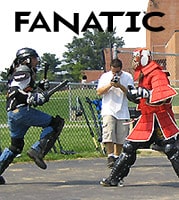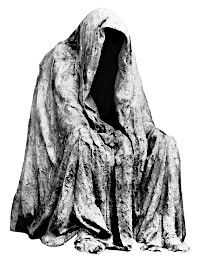Previously published as ‘The Hinge of Hell,’ expanded and revised [1]
This is a poem extolling the cyclic and elastic strength of barbarism over the contrasting lineal and hard-shelled impetus of civilization. It is of six verses of four lines each, with verses 1, 4 and 6 reproduced here from Bran Mak Morn: The Last King, Del Ray, 2005, pages 283-85
“There’s a bell that hangs in a hidden cave
Under the heathered hills
That knew the tramp of Roman feet [2]
And the clash of the Pictish bills. [3]
“It did not glow in an earthly fire,
Or clang to a mortal’s sledge;
The hands that cast it grope in the night [4]
Through the reeds at the fen-pool’s edge.
“And it waits the Hand that shall wake its voice,
When the hills shall break with fright,
To call the dead men into the day,
And the living into the Night.”
Notes
1. Howard was once told a story by a mixed race former slave, that involved a dreamy vision quest in which she approached the gates to Hell. Throughout his writing the approaches to damnation are clearly marked by deeds, fiends and portals [often pits], and represents one of his most consistent themes.
2. Howard depicts both the Romans and the Picts as tramping as “a heavy-footed race,” indicating a disregard for the world order and the cycles of life in favor of a tribal yearning. In his mythos, both of these “heavy footed” races battle against each other, but also against Fate and Time. The Romans are eventually extinguished, not by the Pits, but by Fate. Before them the Valusians and Aquilonians and after the Vikings, fall to Time, all enemies of the Picts. The Vikings, who slew the historical Pict that Bran Mak Morn was based on, are traditionally seen as the last pagans. This was not so. The Picts, historically, outlast the Vikings and along with the Prussians and Lithuanians—against which the Teutonic Knights crusaded—were among the last Pagan Europeans to be conquered and Christianized. Christianization, which, as must have been apparent by Howard’s day to the astute, was the European man’s last great step towards secularization and marks the end of Howard’s notion of Time, meaning the Time of authentic, tribal people as yet free of an urge to sameness. Although The Picts and their many Civilized enemies, were all “heavy footed” peoples who “tramped” across Time, the Picts last the longest because they remained outsiders and did not—in the Roman way—attempt to impose their will on the Cycles. Howard’s notion of his fictitious Picts is his own, not historical, but is—to this reader—clearly inspired by the resistance to Civilization and Empire represented by the historic, Caledonian Picts of Scotland, whose very name echoes the Roman wonder over their tattooed and/or painted bodies.
3. Basically a cleaver on the end of a spear haft, sometimes hooked, sometimes pointed, a utilitarian weapon mainly used against more expensive but shorter-ranged mechanical weapons systems such as the swordsmen, mounted or on foot. The naganata of Japan is closer to a crude bill of the Pictish sort imagined by Howard than to a halberd. In imaging Howard’s Pictish bill consider the less complex designs via the link below.
4. These hands belong to the “The Worms of the Earth,” a serpentine folk of great antiquity that serve the combined narrative function of Tolkien’s Dwarves and Goblins, symbolizing both degeneration and ancient wisdom. Howard seemed to have a singular fear of snakes, using them as a horror trope and wittingly or unwittingly also employs them in their ancient guise, the animal totem for wisdom and knowledge—as well as knowledge-lost—as depicted in the final book of The Epic of Gilgamesh.
A Well of Heroes











